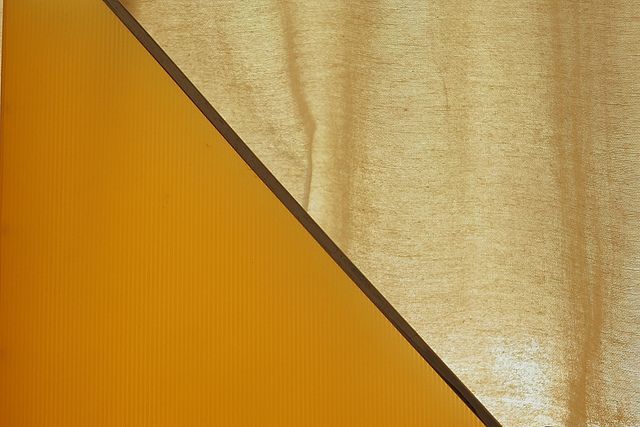[Editor’s Note: This essay is part of a series in which New Directions in the Study of Prayer grantees reflect on their interdisciplinary conversations about the study of prayer. The series began with Charles Hirschkind’s “Cognition and Culture, at it Again!“.]
 Perhaps this is presumptuous to ask. But it’s an important question, which the interlocutors in Charles Hirschkind’s engaging dialogue broach only indirectly.
Perhaps this is presumptuous to ask. But it’s an important question, which the interlocutors in Charles Hirschkind’s engaging dialogue broach only indirectly.
The representatives of Culture and Cognition worry about relativism: Does the study of prayer in a particular time and place allow us to say anything interesting about religion as a universal phenomenon? The actors in Hirschkind’s play fret over cultural differences. But just how far apart are the differences?
Not far enough, perhaps.
If measurements of brain function in two different cultural contexts are the same, do the measurements mean the same thing? Do identical measurements prove an identity between prayer in both contexts? Do they show that prayer is understood, practiced, or appreciated in the same ways? Or that it has the same significance? Do they teach us something important about religion? If so (to paraphrase Alasdair MacIntyre), whose religion? And which culture?
In my reading, some of the projects included in our New Directions in the Study of Prayer project also suggest that the notions of prayer referenced in Hirschkind’s piece may be framed too narrowly. (Such is the fate of the conversation-starter: Hirschkind’s own work on media and ethical deliberation in Egypt opens refreshing perspectives on religious language—thank you, Charles!) One of our collaborators, Thomas Csordas, is studying “Hammering the Devil with Prayer.” Another, Elizabeth McAlister, is analyzing “Understanding Aggressive Prayer Forms in Evangelicalism and Afro-Atlantic Religion.” Surely these conceptualizations of prayer are rather distant from defining prayer as “the flight of the alone to the Alone” (widely credited to Plotinus) or “the intercourse of a human soul with higher powers” (C.F. D’Arcy in the 1919 Encylcopaedia of Religion and Ethics).
I am grateful that our sponsors have adopted a catholic approach as well as a pretty noncommittal delineation of the subject of prayer. Overall, then, perhaps some broadening of Hirschkind’s debate is in order.
What, precisely, is the problem with using a modern, Western, Protestant understanding of prayer as a norm for all measurements? The characters in Hirschkind’s dialogue pose this question but don’t really answer it. One drawback to employing a Protestant standard is that malevolent, violent, doubt-creating, or non-theistic forms of prayer are by definition excluded from the category. Scholarly definitions are of course up to the scholarly community (independently of its informants) to determine. And certainly we researchers need to acknowledge the boundedness of our categories—that a definition of prayer in a theistic religion may not work well or have the same explanatory effect when studying a non-theistic religion. Or that one scientist’s equipment or survey questions are different from (or the same as) the next scientist’s. But this is to admit, from the start, that our definitions are limited by considerations like time and place. This is, I submit, one benefit of a historical approach to prayer.
I think our work might benefit from considering religious realms in which prayer is NOT so central. Is the category of prayer itself a sacred category—that is, is it protected by taboos and classification systems?
If the answer is yes, then there’s no need to walk outside our neuroscience centers or to learn a language other than English when we frame our basic questions. But even then, we would still need to translate survey questions into terms that polytheists, atheists, or non-English speakers can understand. Which is, I think, a good indicator of the particularity of lab results and surveys.
To return to my opening question, but in reverse: Does history have a prayer? I hope so! In conversation with my New Directions in the Study of Prayer colleagues, I hope to show how we can use historically defined, analytical categories like prayer to open up fruitful avenues of research.

